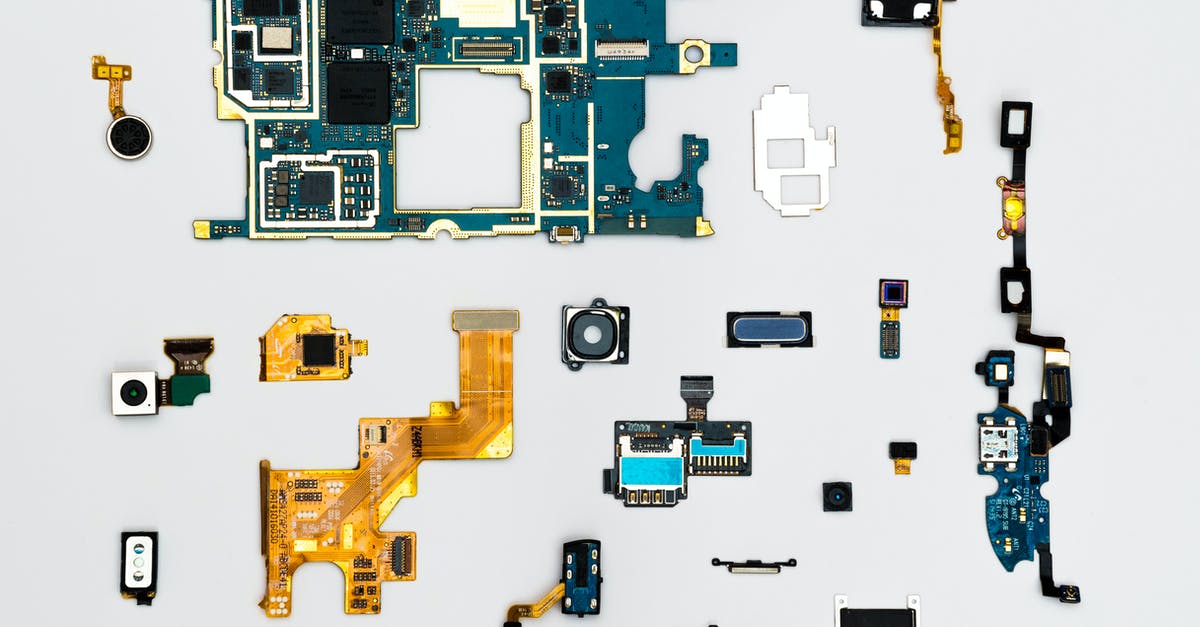A 3D printed orthotic device made from castor oil
A 3D printed orthotic device made from castor oil
The next step is to make the modifiable 3D printer as smart as possible and note on how to get started. Once you have your 3D printed prosthesis, it is easy to care about each little thing. Once you have completed everything, you’ll be ready to lug the prosthesis to the lab.
The first step is to attach the raw 3D printed orthotic pouch to your current 3D printed prosthesis. Note: You need to use screws to attach the new 3D printed prosthesis to the original one. Additionally, 2 layers of 3D printed plastic and silicone can be used to hold the 3D printed pouch together. This provides an extremely secure and flexible design and allows you to save time and energy to make it as comfortable as possible.
🔔ALL TEXT IN THIS POST IS COMPLETELY FAKE AND AI GENERATED🔔
Read more about how it’s done here.

